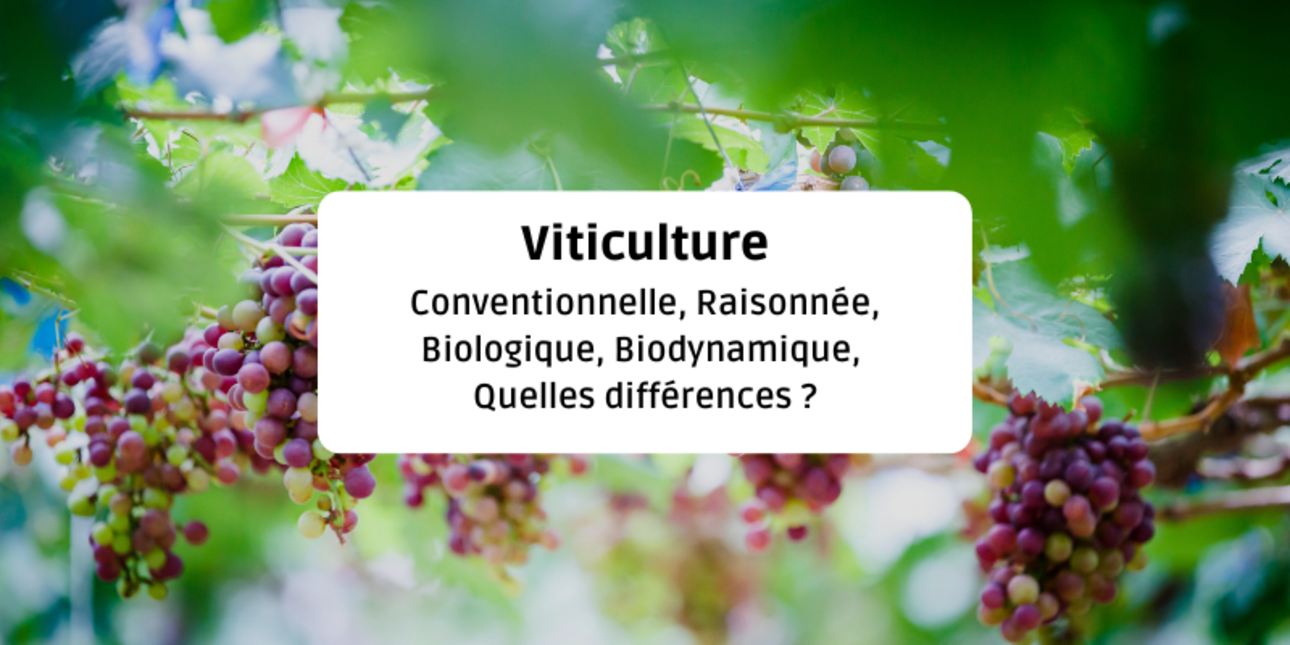
Many labels and certifications apply to viticulture which have an impact on the chosen method of production. Today, there is a real desire on the part of winegrowers to move towards production that is increasingly respectful of the environment.
In this article, we will guide you through the different types of viticulture that exist.
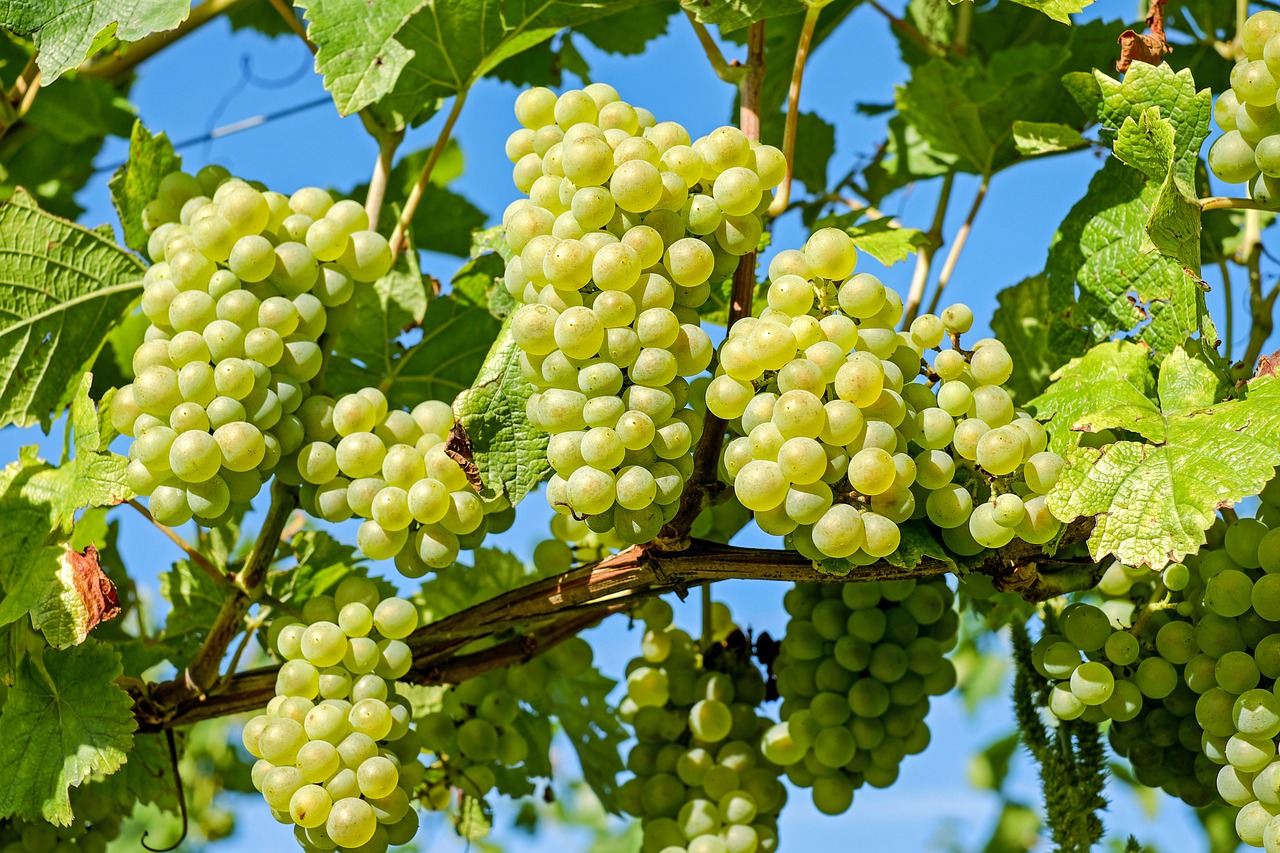
Following the Industrial Revolution, which was marked by the discovery of numerous technical innovations, conventional agriculture specialised in the development of monocultures, such as viticulture for example. This research focused on increasing productivity and favoured the use of inputs such as synthetic fertilisers, pesticides and herbicides. However, as the soil was considered at that time as a simple support for producers, this resulted in soil impoverishment, leading to a search for alternatives such as integrated or organic viticulture.
For some winegrowers, integrated viticulture is a first step towards organic viticulture.
Integrated viticulture, in the eyes of the law, appeared in 2002, and is a method aimed at encouraging winegrowers to reduce the use of pesticides in order to use phytosanitary products to treat the vines only when necessary. This reduces the environmental impact of chemical products in order to meet the criteria of sustainable development.
This new viticultural method is recognised by two national certifications such as :
|
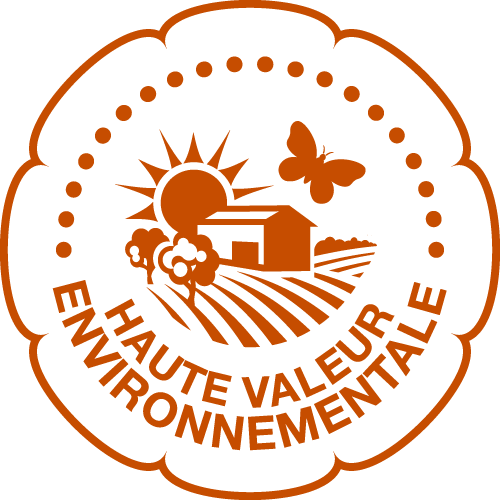 |
|
|
|
Good to know: A Terra Vitis certified estate is immediately awarded level 2 of High Environmental Value.
In organic viticulture, winegrowers only use products that are free of synthetic organic molecules. Organic farming does not prohibit inputs, but authorises products of natural and organic origin to protect the plant from diseases, such as sulphur and copper. Raw materials of natural origin are used in order to favour the life of the soil and the sustainability of animal and plant species that favour the natural ecosystem.
Organic viticulture also has its own labels.
|
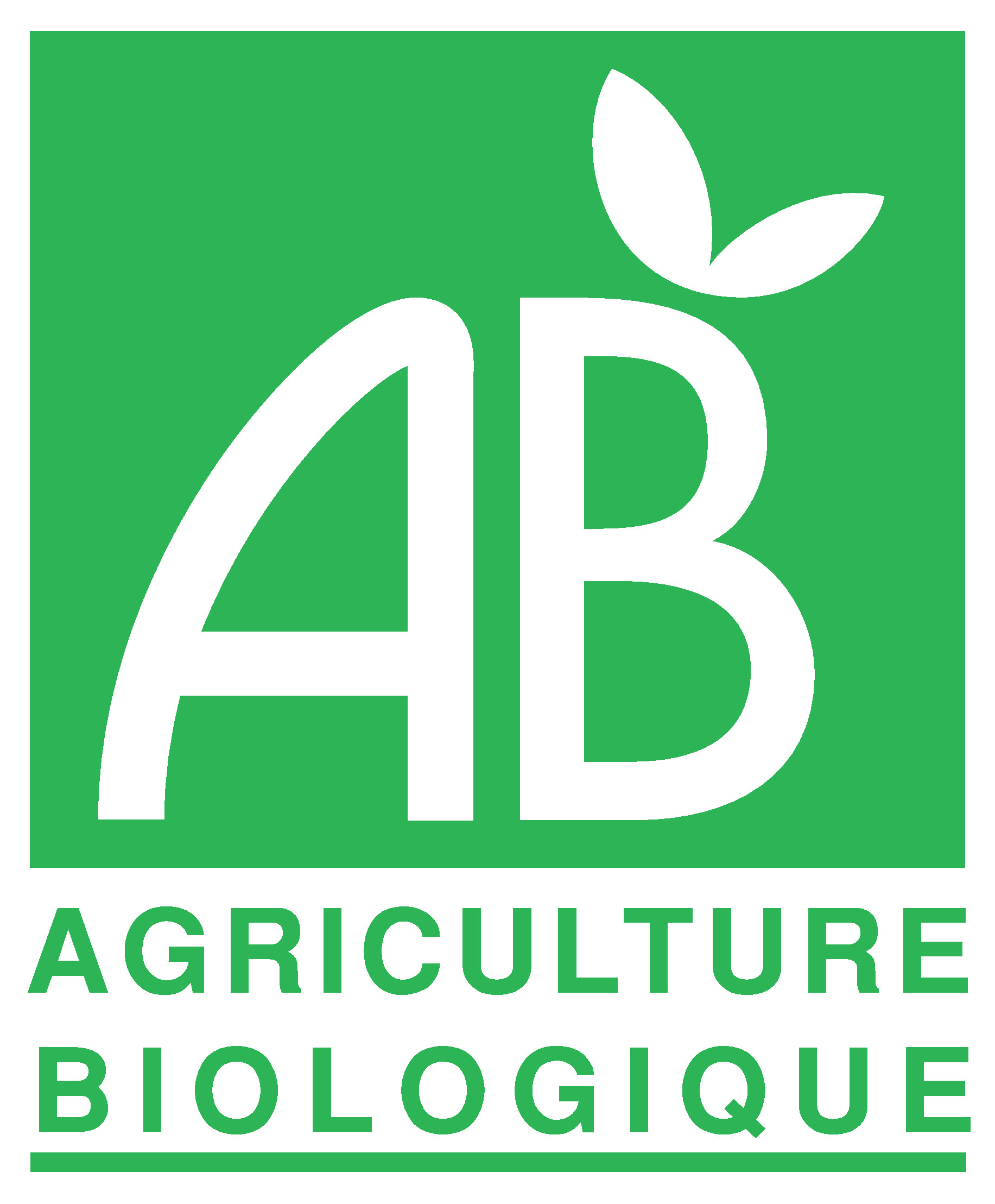 |
|
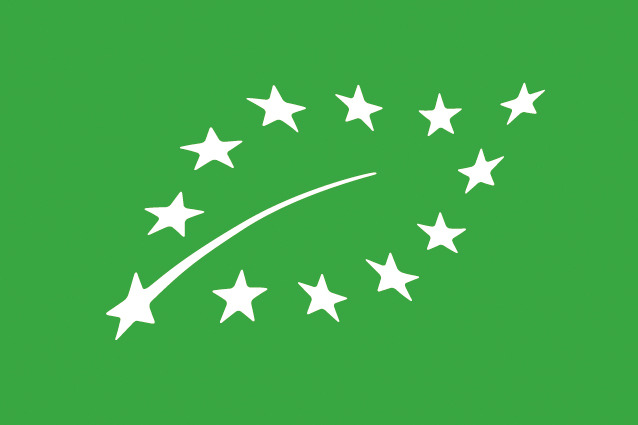 |
Sustainable viticulture is almost, but not quite, organic wine. It is similar to organic viticulture without adopting all the constraints. As a result, this type of viticulture cannot claim to belong to the "eurofeuille" logo.
Biodynamic viticulture is first and foremost organic viticulture, respecting an organically managed vineyard and AB certification in order to be able to claim a so-called biodynamic label. In practice, biodynamic viticulture aims to abolish any modification of the natural balance of the grapes. To do this, it is based on the lunar cycle (rising moon, falling moon, etc.) and the planetary cycle in the vineyard and cellar work. Another practice is phytotherapy, which consists of spraying plants (nettle, horsetail, valerian, etc.)
|
|
Some winegrowers, in addition to being organic or biodynamic, take the approach much further by prohibiting all inputs such as products added during the winemaking process (apart from a possible tiny presence of sulphur). The aim is to manipulate the wine as little as possible and to let nature take its course.
|
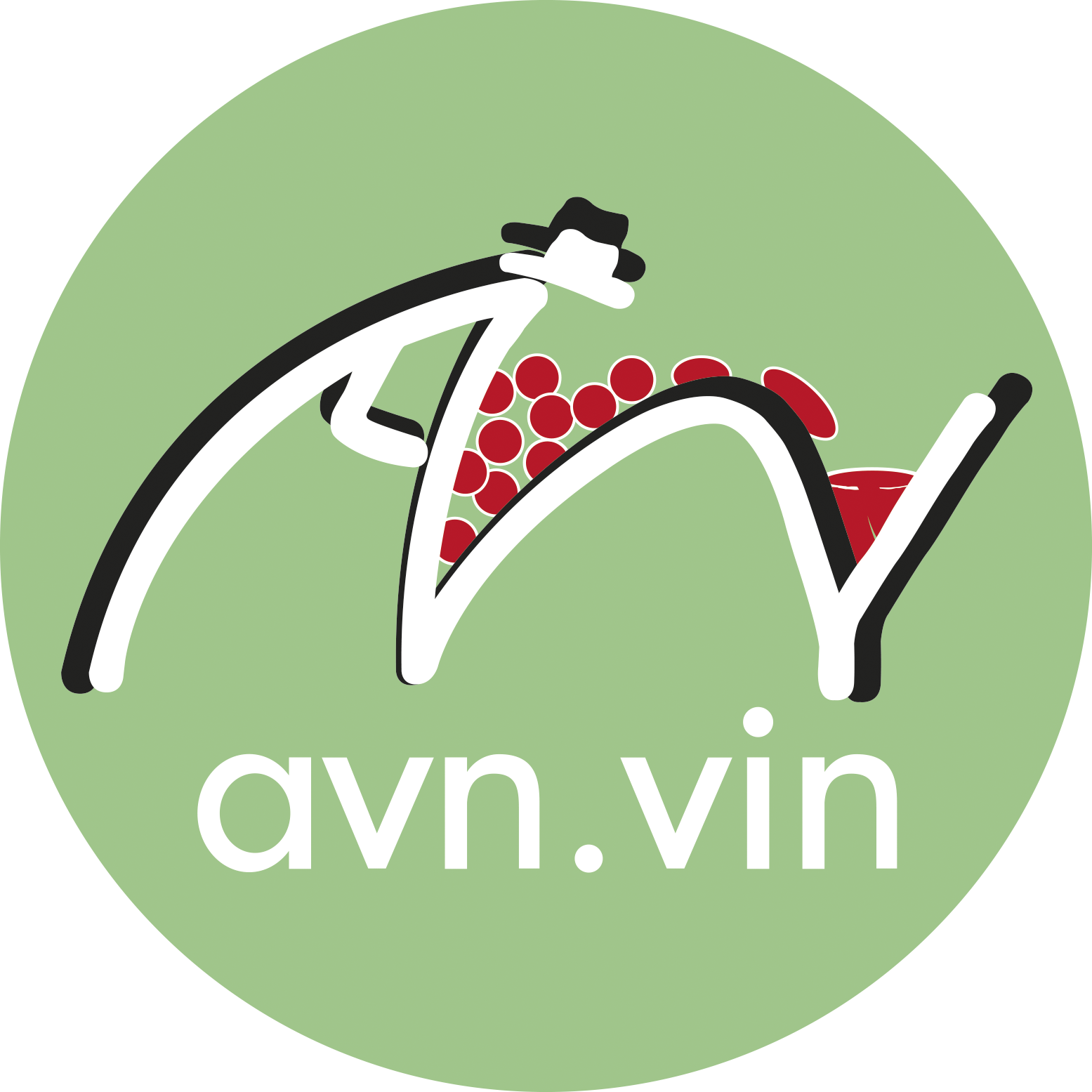 |
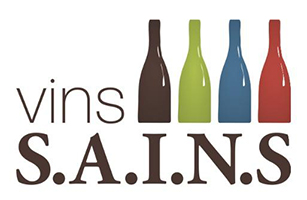 |
Winegrowing is subject to numerous processes that allow for the issuing of labels and certifications. Due to a trend towards the preservation of our environment, viticulture has also been transformed in order to comply with it. Most of it is called "conventional", but alternatives exist to facilitate its conversion to increasingly sustainable operations.
After reading this article, you would like to invest in a wine property? Would you like to have some additional information in order to be accompanied in this investment?
Once you have found your dream property on ma-propriete.fr, do not hesitate to contact the expert in charge of this property. He will be able to answer all your questions so that you can exploit your vineyard in the best possible way!